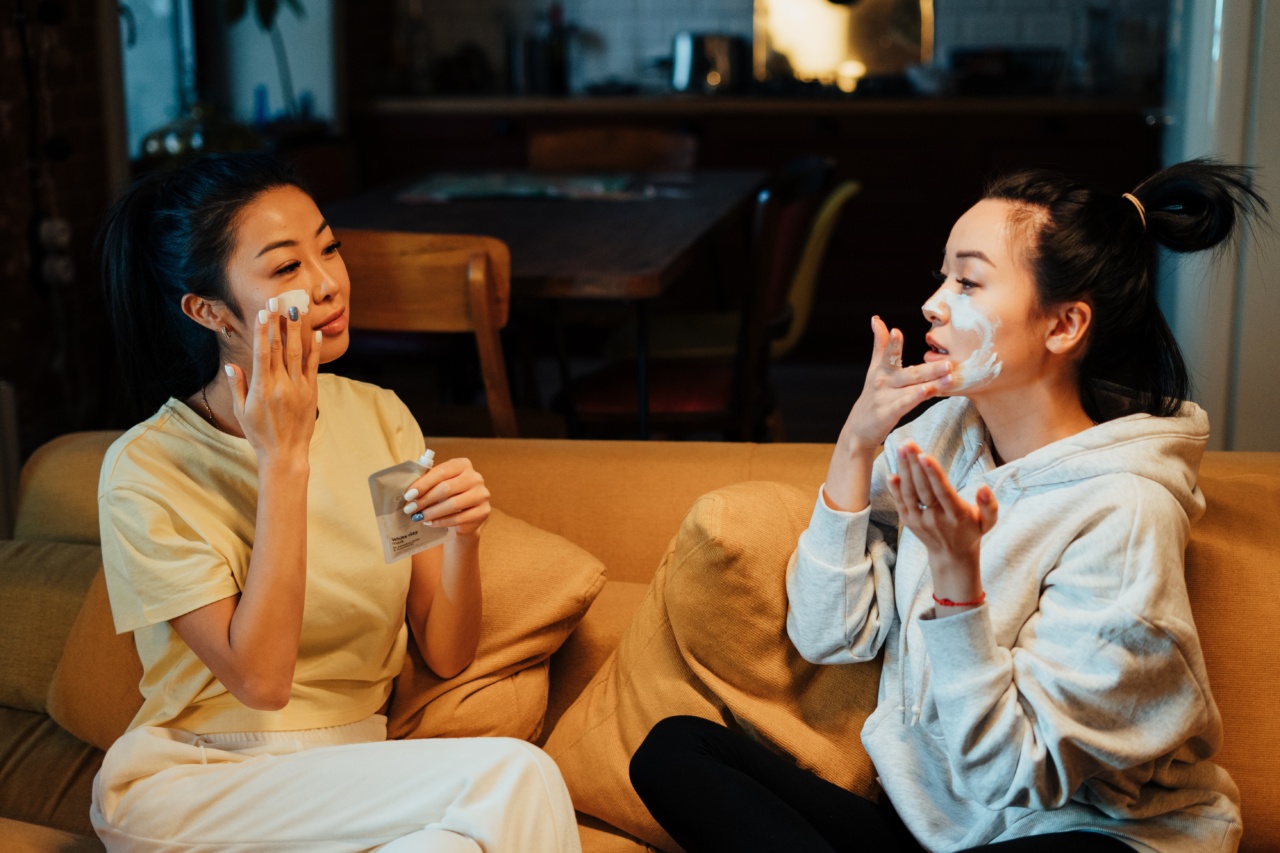Oily skin can be frustrating to deal with. Excess oil production can lead to acne, clogged pores, and an overall greasy appearance. However, with the right DIY mask, you can combat oily skin and achieve a healthy, balanced complexion.
In this article, we’ll explore how to make a DIY mask for oily skin using two key ingredients: green tea and lavender.
The Benefits of Green Tea for Oily Skin
Green tea is a powerhouse when it comes to skincare. It is rich in antioxidants called catechins, which help reduce sebum production and control oiliness. Green tea also has anti-inflammatory properties that can calm and soothe irritated skin.
Additionally, its natural astringent properties can help tighten and minimize the appearance of pores, leaving your skin looking smoother and less oily.
The Soothing Power of Lavender
Lavender is widely known for its calming and relaxing properties, but it also offers numerous benefits for oily skin. Lavender oil has antibacterial properties that can help combat acne-causing bacteria.
It also acts as a natural astringent, helping to balance sebum production. Furthermore, lavender oil promotes cell regeneration, which can lead to a fresher and more youthful appearance.
DIY Green Tea and Lavender Mask Recipe
Now that we know the benefits of green tea and lavender for oily skin, let’s dive into the recipe for our DIY mask:.
Ingredients:
– 1 teaspoon of loose green tea leaves.
– 1 teaspoon of dried lavender flowers.
– 2 tablespoons of bentonite clay.
– 2 tablespoons of water (adjust if needed).
Instructions:
1. In a small bowl, combine the green tea leaves and dried lavender flowers.
2. Use a mortar and pestle or the back of a spoon to crush the ingredients into a fine powder.
3. Add the bentonite clay to the powdered mixture and mix well.
4. Slowly add water to the mixture, stirring continuously, until you achieve a smooth and spreadable consistency.
5. Apply the mask evenly to your cleansed face, avoiding the eye area.
6. Leave the mask on for 10-15 minutes, allowing it to dry.
7. Rinse off the mask with warm water, gently massaging your skin in circular motions to exfoliate.
8. Pat your skin dry and follow up with your favorite moisturizer.
Precautions:
– Perform a patch test before applying the mask to ensure you’re not allergic to any of the ingredients.
– Avoid using this mask if you have open wounds or active inflammation on your skin.
– Use the mask once or twice a week to avoid over-drying your skin.
Additional Tips for Oily Skin:
1. Cleanse your face twice daily with a gentle cleanser formulated for oily skin.
2. Use oil-free and non-comedogenic moisturizers and makeup products.
3. Exfoliate regularly to remove dead skin cells and unclog pores.
4. Avoid touching your face throughout the day to minimize oil transfer.
5. Eat a balanced diet rich in fruits, vegetables, and antioxidants to promote healthy skin from within.
6. Stay hydrated by drinking plenty of water to flush out toxins and maintain skin hydration.
7. Manage stress levels, as stress can trigger increased oil production.
Conclusion
A DIY mask for oily skin using green tea and lavender can work wonders in controlling excess oil, reducing inflammation, and promoting a healthy complexion.
Remember to customize the mask to suit your skin’s needs and to always perform a patch test before applying it to your entire face. Alongside the mask, follow a consistent skincare routine and adopt healthy lifestyle habits for optimal results. Say goodbye to oily skin woes and hello to a refreshed and balanced complexion!.































